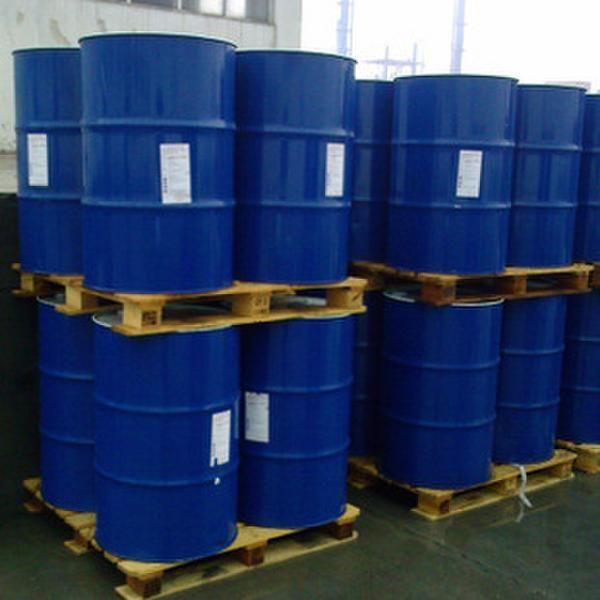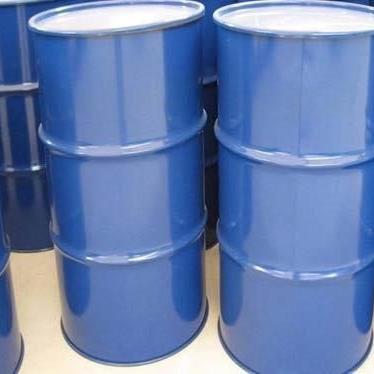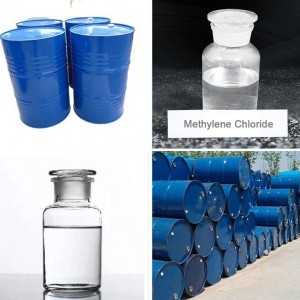Chloroform industrial grade chloroform with high purity
Properties
Colorless and transparent liquid. It has strong refraction. It has a special smell. It tastes sweet. It does not burn easily. When exposed to sunlight or oxidized in the air, it gradually breaks down and produces phosgene (carbyl chloride). Therefore, 1% ethanol is usually added as a stabilizer. It can be miscible with ethanol, ether, benzene, petroleum ether, carbon tetrachloride, carbon disulfide and oil. ImL is soluble in about 200mL water (25℃). Generally will not burn, but long time exposure to open flame and high temperature can still burn. In excess water, light, high temperature will occur decomposition, the formation of highly toxic and corrosive phosgene and hydrogen chloride. Strong bases like lye and potassium hydroxide can break down chloroform into chlorates and formates. In the action of strong alkali and water, it can form explosives. High temperature contact with water, corrosive, corrosion of iron and other metals, corrosion of plastics and rubber.
Process
The industrial trichloromethane was washed with water to remove ethanol, aldehyde and hydrogen chloride, and then washed with concentrated sulfuric acid and sodium hydroxide solution in turn. The water was tested to be alkaline and washed twice. After drying with anhydrous calcium chloride, distillation, to obtain pure trichloromethane.
Storage
Chloroform is an organic chemical commonly used as a solvent and reaction medium. It is highly volatile, flammable and explosive. Therefore, note the following when storing it:
1. Storage environment: Chloroform should be stored in a cool, dry and well-ventilated environment, away from direct sunlight and high temperature. The storage place should be away from fire, heat and oxidant, explosion-proof facilities.
2. Packaging: Chloroform should be stored in an airtight container of stable quality, such as glass bottles, plastic bottles or metal drums. The integrity and tightness of containers should be checked regularly. Chloroform containers should be isolated from nitric acid and alkaline substances to prevent reactions.
3. Prevent confusion: chloroform should not be mixed with strong oxidant, strong acid, strong base and other substances to avoid dangerous reactions. In the process of storage, loading, unloading and use, attention should be paid to prevent collision, friction and vibration, to avoid leakage and accidents.
4. Prevent static electricity: During the storage, loading, unloading and use of chloroform, prevent static electricity. Appropriate measures should be taken, such as grounding, coating, antistatic equipment, etc.
5. Label identification: The chloroform container should be marked with clear labels and identification, indicating the storage date, name, concentration, quantity and other information, so as to facilitate management and identification.
Uses
Determination of cobalt, manganese, iridium, iodine, phosphorus extraction agent. Determination of inorganic phosphorus, organic glass, fat, rubber resin, alkaloid, wax, phosphorus, iodine solvent in serum.






